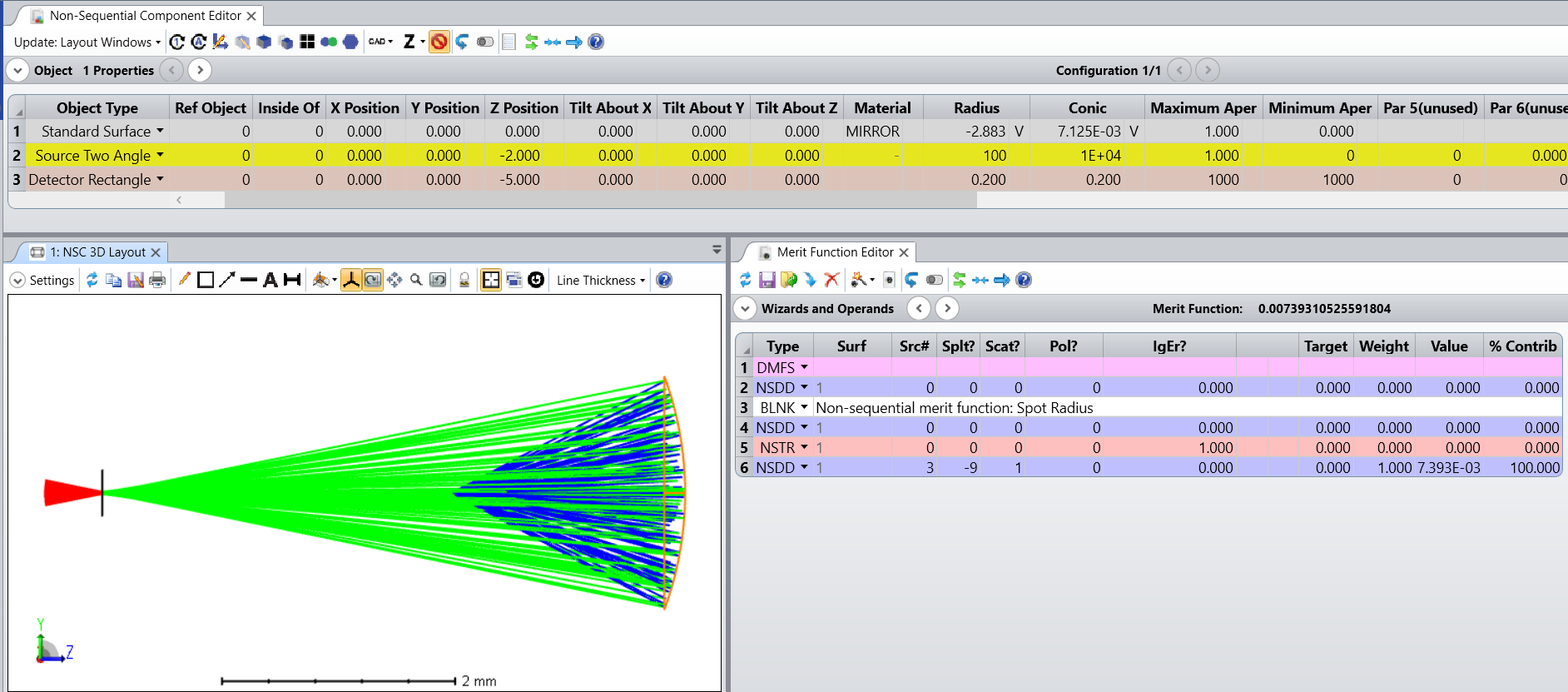Hi!
I am a student learning Zemax and optics as a field. I have been working on designing an Ellipsoidal Reflector Spotlight (ERS) in OpticStudio and am having trouble creating an ellipsoidal surface to serve as the reflector. I have tried using standard surfaces and searching online to find any information that would help me to do so, yet I have found very little. What would be the easiest/most efficient way to create this object?
Thank you for your help in advance!





